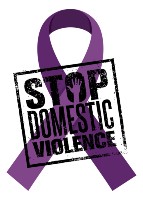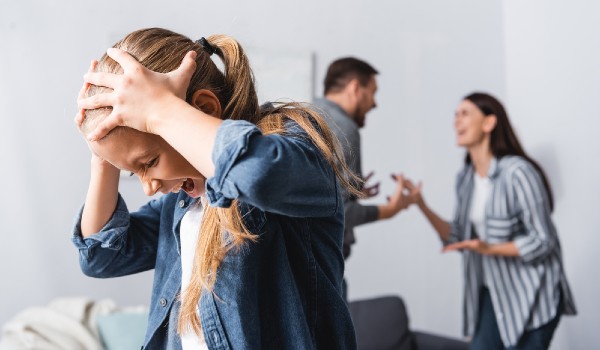Abuse: What does it look like?
Abuse happens on all levels:
- individual,
- community,
- regional,
- national, and
- international
It’s important for us to know what abuse looks like so that we can address it. Elie Wiesel said, “What hurts the victim most is not the oppressor, but the silence of the bystander.” We may think of abuse as something physical, but it can include several areas of behavior.
Who has power and control?
The domestic violence wheel, which is easily available on Google images, shows the abuse dynamic. In the center is what the abuser wants: power and control.
Abuse can take these forms:
- coercion and threats,
- intimidation,
- emotional abuse,
- financial abuse,
- isolation,
- using privilege,
- using children, and
- denying, blaming and minimizing.
 Abuse starts gradually and builds up over time. If something doesn’t feel right, step back, reflect on what’s happening, and get some help. If you or anyone you know is experiencing any of these forms of abuse, call the domestic violence hotline: (816) 461-HOPE.
Abuse starts gradually and builds up over time. If something doesn’t feel right, step back, reflect on what’s happening, and get some help. If you or anyone you know is experiencing any of these forms of abuse, call the domestic violence hotline: (816) 461-HOPE.
Although they rarely seek help voluntarily, due to antisocial (sociopathic) and narcissistic tendencies, abusers can also call the domestic violence hotline for help. In the Kansas City area, we have several domestic violence shelters, and they work closely together. They offer a variety of community services, including individual and group therapy for those who do not need to stay at the shelter.
Let’s learn what abuse looks like so that we avoid giving abusers power over us.
Want to talk? Make an appointment with me – phone, teletherapy or in person.
For more tips on living, check out the rest of my blog or follow me on Facebook, Twitter and LinkedIn.


Comments are closed.